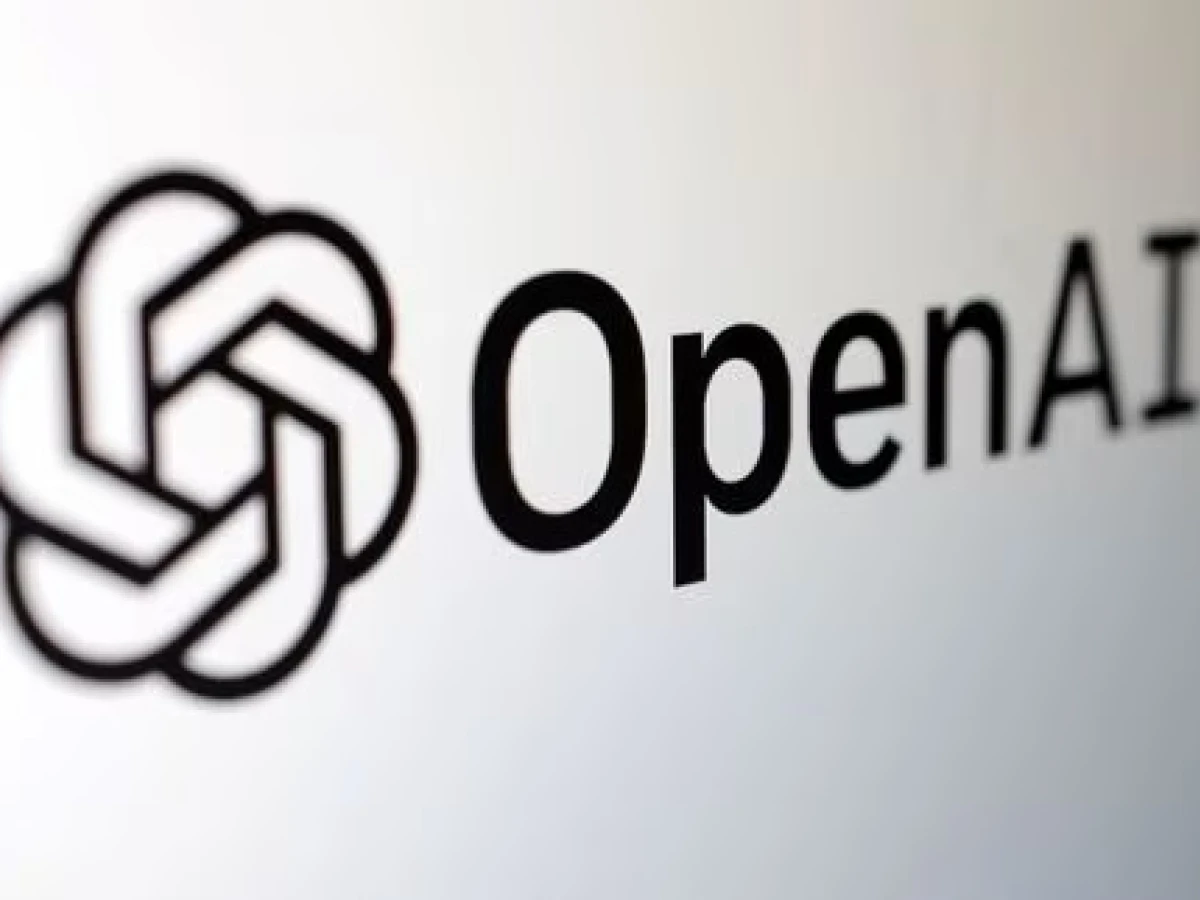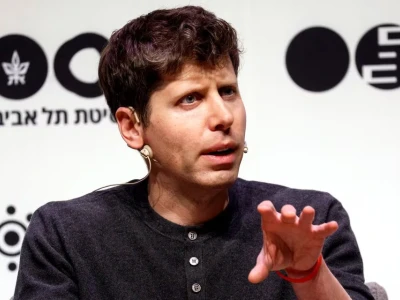
Microsoft-backed OpenAI starts release of powerful AI known as GPT-4
Microsoft stands to benefit from GPT-4's adoption, said Rishi Jaluria, an analyst at RBC Capital Markets.
March 14 (Reuters) - The startup OpenAI on Tuesday said it is beginning to release a powerful artificial intelligence model known as GPT-4, setting the stage for human-like technology to proliferate and more competition between its backer Microsoft Corp and Alphabet Inc's Google.
OpenAI, which created the chatbot sensation ChatGPT, said in a blog post that its latest technology is "multimodal," meaning images as well as text prompts can spur it to generate content. The text-input feature will be available to ChatGPT Plus subscribers and to software developers, with a waitlist, while the image-input ability remains a preview of its research.
The highly-anticipated launch signals how office workers may turn to ever-improving AI for still more tasks, as well as how technology companies are locked in competition to win business from such advances.
Alphabet Inc's Google on Tuesday announced a "magic wand" for its collaboration software that can draft virtually any document, days before Microsoft is expected to showcase AI for its competing Word processor, likely powered by OpenAI. A Microsoft executive also said that GPT-4 is helping power its Bing search engine.
OpenAI's latest technology in some cases represented a vast improvement on a prior version known as GPT-3.5, it said. In a simulation of the bar exam required of U.S. law school graduates before professional practice, the new model scored around the top 10% of test takers, versus the older model ranking around the bottom 10%, OpenAI said.
While the two versions can appear similar in casual conversation, "the difference comes out when the complexity of the task reaches a sufficient threshold," OpenAI said, noting "GPT-4 is more reliable, creative, and able to handle much more nuanced instructions."
An online demonstration of the technology by Greg Brockman, OpenAI's president, showed it could take a photo of a hand-drawn mock-up for a simple website and create a real website based on it. GPT-4 also could help individuals calculate their taxes, the demonstration showed.
Sam Altman, OpenAI's chief executive, on Twitter called GPT-4 its model "most capable and aligned" with human values and intent, though "it is still flawed."
GPT-4 is 82% less likely to respond to requests for disallowed content than its predecessor and scores 40% higher on certain tests of factuality, the company said. Inaccurate responses known as "hallucinations" have been a challenge for many AI programs.
Microsoft stands to benefit from GPT-4's adoption, said Rishi Jaluria, an analyst at RBC Capital Markets.
The software maker not only is integrating OpenAI's latest technology into its products: its Azure cloud is powering usage of OpenAI just as budget-conscious businesses are scrutinizing IT spend in an uncertain economy, he said.
"Whenever a company uses this piece of technology," Jaluria said, "those workloads go through Microsoft Azure, and I think this is coming at a very critical time."



